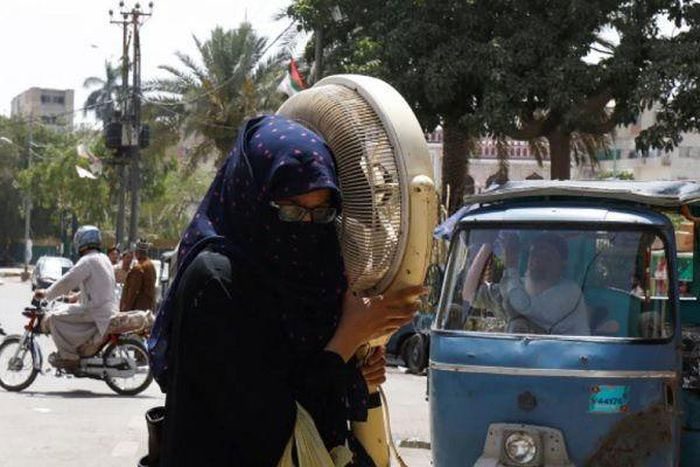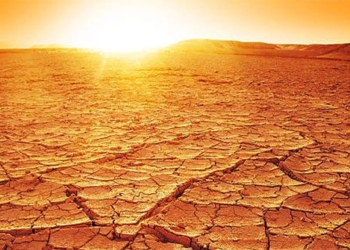India and Pakistan have recently experienced a heatwave with temperatures reaching up to 50 degrees Celsius, resulting in the deaths of at least 90 people and devastating crops. South Asia, along with Africa, Australia, and the coastal states of the Gulf of Mexico in the United States, is currently facing a combination of heat and humidity that could be deadly—something that scientists could not have anticipated.
Canada is not immune to these effects either: in British Columbia, 595 people died from heat-related causes last summer, and the village of Lytton recorded a new temperature record of 49.6 degrees Celsius on June 29, before being leveled by a wildfire the following day. The heat also dried out the land, contributing to flooding in British Columbia a few months later.
According to Professor Blair Feltmate from the University of Waterloo: “Extreme temperatures will become more troublesome in the future.” He is one of the authors of a report predicting a future where temperatures could be fatal for Canadians, particularly for residents of southern British Columbia, along the U.S. border in the Prairies, southern Ontario, and Quebec.

People in India and Pakistan endure extreme heat – (Photo: Reuters)
How Does Temperature Affect the Body?
When exposed to prolonged heat, humans feel lethargic as organs work harder to cool the body and keep it alive: the heart beats faster to pump blood to the skin, where heat can be released, and sweating also helps cool the body. However, this mechanism becomes more difficult as humidity increases.
In the case of heatstroke, the body starts to break down cells and cause damage to organs.
Professor Stephen Cheung from Brock University explains: “It’s like cooking an egg. The reason an egg changes from a liquid to a solid is due to protein changes. If the body continues to heat up and cannot control its temperature, the proteins in the cells will eventually face the same fate as egg proteins.”
He states that sitting in the shade and drinking water is not enough to help someone suffering from heatstroke; it is crucial to cool them down quickly—ideally by immersing them in cold water.
Professor Michael Brauer from the University of British Columbia suggests that too much heat while sleeping also makes it harder for people to sleep, resulting in poor decision-making, increased risk of injury, and negatively impacting mental health. Therefore, cooling the bedroom and the body to the extent possible for sleep is very important.

A construction worker uses a large fan to cool down in Canada – (Photo: CBC)
Dealing with High Temperatures
For those intending to train their bodies to withstand high temperatures, Professor Cheung states that this can be achieved to a certain extent. Our core body temperature can be adjusted to higher levels over a period of two weeks of gradual exposure. However, this is only a temporary response to the issue of global warming and does not address the root of the problem.
“The greatest advantage of humans over other animals is our behavior. We create housing, air conditioning, clothing, etc. However, everything—from increased time spent indoors to increased use of air conditioning—comes at a cost,” according to Professor Cheung.
Moreover, many people cannot stay indoors or cool off, including those who must work outside, such as farmers or manual laborers.
Professor Feltmate notes that in the future, working hours may need to be adjusted so that the aforementioned labor groups can avoid the hottest times of the day—such as starting work at 5:30 AM and finishing by 1 PM.
He also emphasizes that cities need to be cooled: attention should be paid to temperature factors when designing and improving architecture, planting more trees, and painting houses white to reflect rather than absorb light. Residential areas need to be equipped with backup power sources to ensure air conditioning and fans continue to operate in the event of a power outage.
Humans also need to plan for times when certain areas, such as the Persian Gulf, South Asia, Central America, and West Africa, become uninhabitable due to extreme heat. Researcher Cascade Tuholske from Columbia University warns that temperatures in the Gulf region are gradually exceeding levels that humans can withstand.



















































